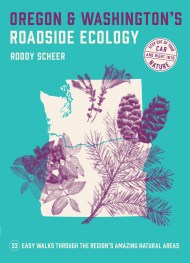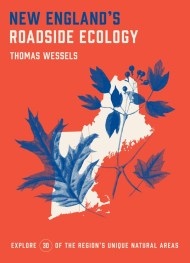Promotion
Use code BESTBOOKS24 for 25% off sitewide + free shipping over $35
Steppes
The Plants and Ecology of the World's Semi-arid Regions
Contributors
By Michael Bone
By Dan Johnson
By Mike Kintgen
By Larry G. Vickerman
Formats and Prices
Price
$49.95Price
$67.95 CADFormat
Format:
Hardcover $49.95 $67.95 CADThis item is a preorder. Your payment method will be charged immediately, and the product is expected to ship on or around July 15, 2015. This date is subject to change due to shipping delays beyond our control.
Also available from:
Steppes—semi-arid biomes dominated by forbs, grasses, and grass-like species, and characterized by extremes of cold and heat—occupy enormous areas on four continents. Yet these ecosystems are among the least studied on our planet. Given that the birth and evolution of human beings have been so intimately interwoven with steppe regions, it is amazing that so few attempts have been made to compare and quantify the features of these regions. In this ground-breaking volume, five leading voices in horticulture—all staff members of Denver Botanic Gardens—examine the plants, climate, geology, and geography of the world’s steppes: central Asia, central and intermountain North America, Patagonia, and South Africa. Drawing upon their first-hand experience, the writers illuminate the distinctive features of each region, with a particular emphasis on the striking similarities between their floras. Each chapter includes a primer of species of horticultural interest—a rich resource for readers with an interest in steppe plants.
Genre:
-
“Mention ‘steppes,’ and many envision exotic, even extinct locales, such as stops along Marco Polo's Silk Road. This work, produced under the aegis of the Denver Botanic Gardens, which has a dedicated ‘steppe collection,’ dispels such misconceptions by providing a comprehensive examination of the rich biodiversity to be found in the significant, still-existing semi-arid grasslands regions throughout the world. Color photos inform the book's series of exploratory essays organized by geographical region, including Central Asia, South America, and American prairies. VERDICT A celebratory compendium of the Earth's amazing grassy plains.” I>Library JournalSlow Food Denver
“A fascinating blend of geography, geology, human history and global politics—with a generous helping of botany thrown in.” I>The Pueblo Chieftain
“This book is to be hugely welcomed…This is an attractive and thought-provoking volume of great interest to the garden, horticulturist and ecologist alike.” I>The Garden
“Despite their horticultural importance, little has been written about them. This book…highlights the plants in each area and gives climatic and geological descriptions.” I>Alpine Garden Society
“This ambitious book surveys the steppe habitats of the world, with a primary emphasis on botany and horticulture…the whole is harmonized by the consistent erudition of all the authors…It is rich in detail, and can be consulted by serious horticulturalists, both professional and amateur…botanists, geographers, and even policy-makers, and it is a must-read before visiting any of the steppe regions.” B>North American Rock Garden Society
“Steppes: The Plants and Ecology of the World’s Semi-arid Regions is a deep and far-reaching survey of all four steppe areas. Richly illustrated and packed with information about plants, history, geography, and geology, it brings together the talents of five outstanding horticulturists…Day by day, our world is becoming more steppe-like…If we know what’s good for us, we’ll start learning the lessons of these complex, fascinating regions. And Steppes is a great place to begin.” I>I Can Garden
“Much of the human story has been written in exactly these sort of high, dry grasslands and shrub lands, broadly known as the world’s steppe climates. It’s no accident that so many of our best garden plants come to us from these far-off lands. Journey from the familiar canyons and prairies of the American West to the vast plains of Mongolia, to the rugged grasslands and Karoo of South Africa and to the windswept peaks and plateaus of Patagonia.”
- On Sale
- Jul 15, 2015
- Page Count
- 360 pages
- Publisher
- Timber Press
- ISBN-13
- 9781604694659
Newsletter Signup
By clicking ‘Sign Up,’ I acknowledge that I have read and agree to Hachette Book Group’s Privacy Policy and Terms of Use












